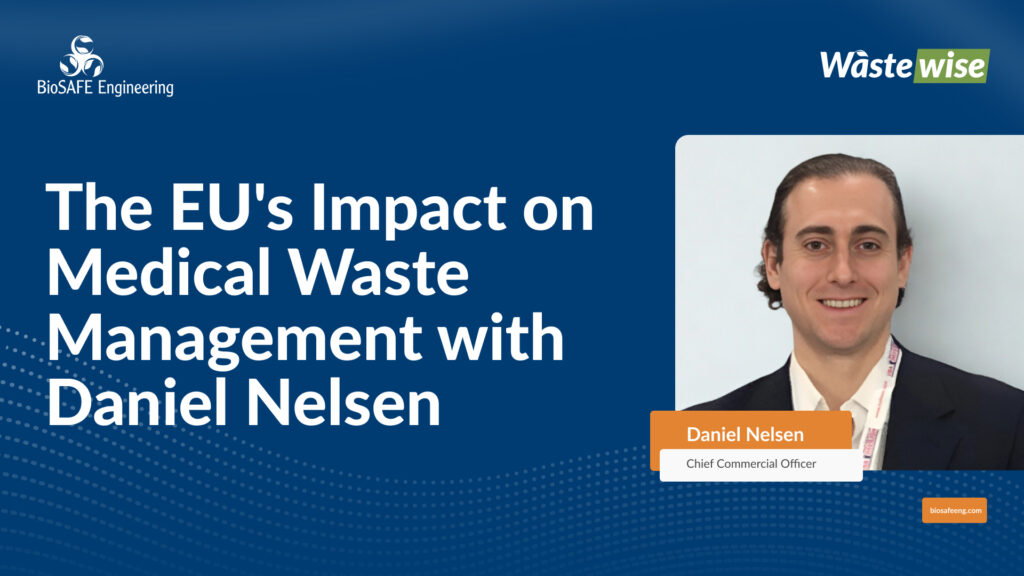Case Studies
Stay informed with our featured posts and recent news
Episode Summary In this episode of Wastewise, Daniel Nelsen, Chief Commercial Officer at BioSAFE, discusses the evolving landscape of healthcare waste management. He explores the shift towards cleaner methods with a lower

Contact BioSAFE today to learn more about our ecofriendly medical waste solutions.